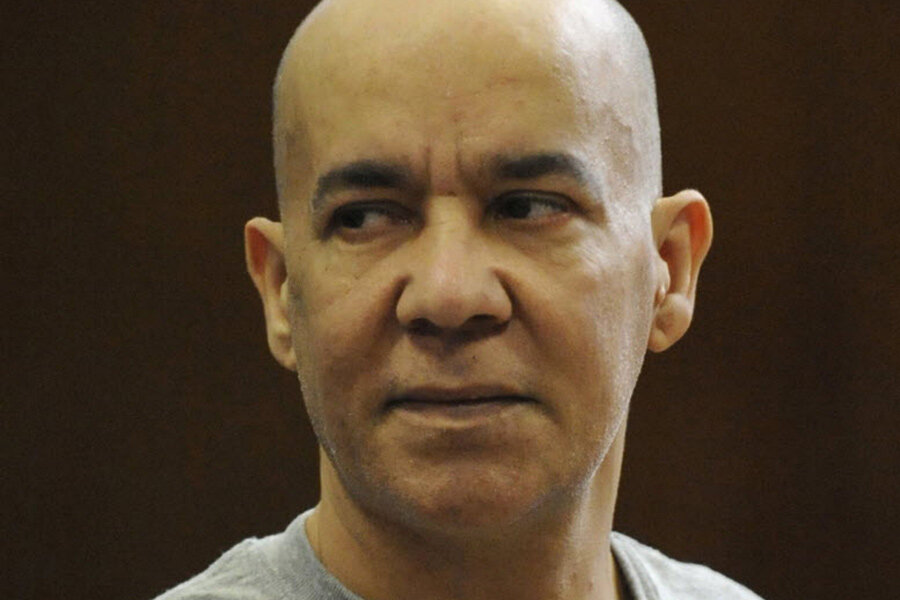Jury in Etan Patz case rehears closing arguments Thursday
Loading...
| NEW YORK
Jurors in the murder trial surrounding the decades-old missing-child case of Etan Patz took the unusual step of rehearing closing arguments Thursday, a day after saying they were deadlocked.
Legal pads in hand, jurors listened and sometimes appeared to jot new entries in already-voluminous notes as a court stenographer began reading the summations in the case against Pedro Hernandez. Jurors made the request Wednesday, when a judge told them to keep trying after the deadlock.
Thursday marked the 11th day of deliberations in the case surrounding 6-year-old Etan's 1979 disappearance, which helped draw national attention to the plight of missing children and their families.
Jurors had hours of testimony read back to them and reviewed dozens of exhibits before asking to rehear the summations. Such requests are rare; New York judges have discretion on whether to grant them, according to rulings in earlier cases.
Closing arguments aren't considered evidence — rather, they're each side's way of framing it. It wasn't clear what jurors in Hernandez's case hoped to glean.
"I think it helps clarify whatever issues might remain in some jurors' minds," said one of Hernandez's lawyers, Harvey Fishbein, adding that he was encouraged by the possibility that the summations could aid deliberations.
After rehearing the defense argument, jurors resumed discussion Thursday afternoon before going home for the day. They planned to rehear prosecutors' summation later, possibly Friday.
The Manhattan district attorney's office had no comment. Prosecutors said Wednesday they were confident the jury could reach "a just verdict."
Etan disappeared while walking to his Manhattan school bus stop. He was among the first vanished children featured on milk cartons, and the anniversary of his disappearance became National Missing Children's Day.
Authorities investigated many suspects and leads over the years. But no arrests were made until Hernandez, of Maple Shade, New Jersey, confessed to authorities in 2012. He'd told relatives, a friend and a prayer group many years earlier that he had killed a child in New York.
Hernandez's lawyers say the 54-year-old's confessions are false, generated by a man with a mental illness that makes it difficult for him to tell reality from imagination. The defense also has pointed to a longtime suspect, who was never charged and is now jailed in Pennsylvania, as the more likely killer.







